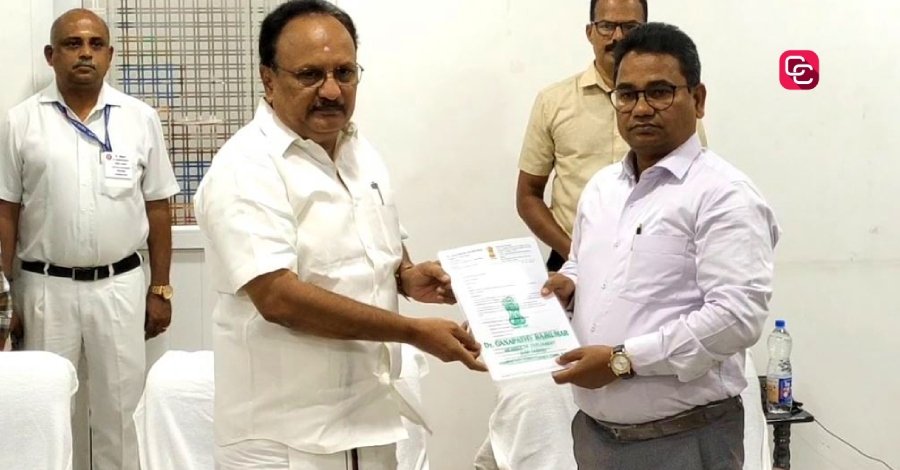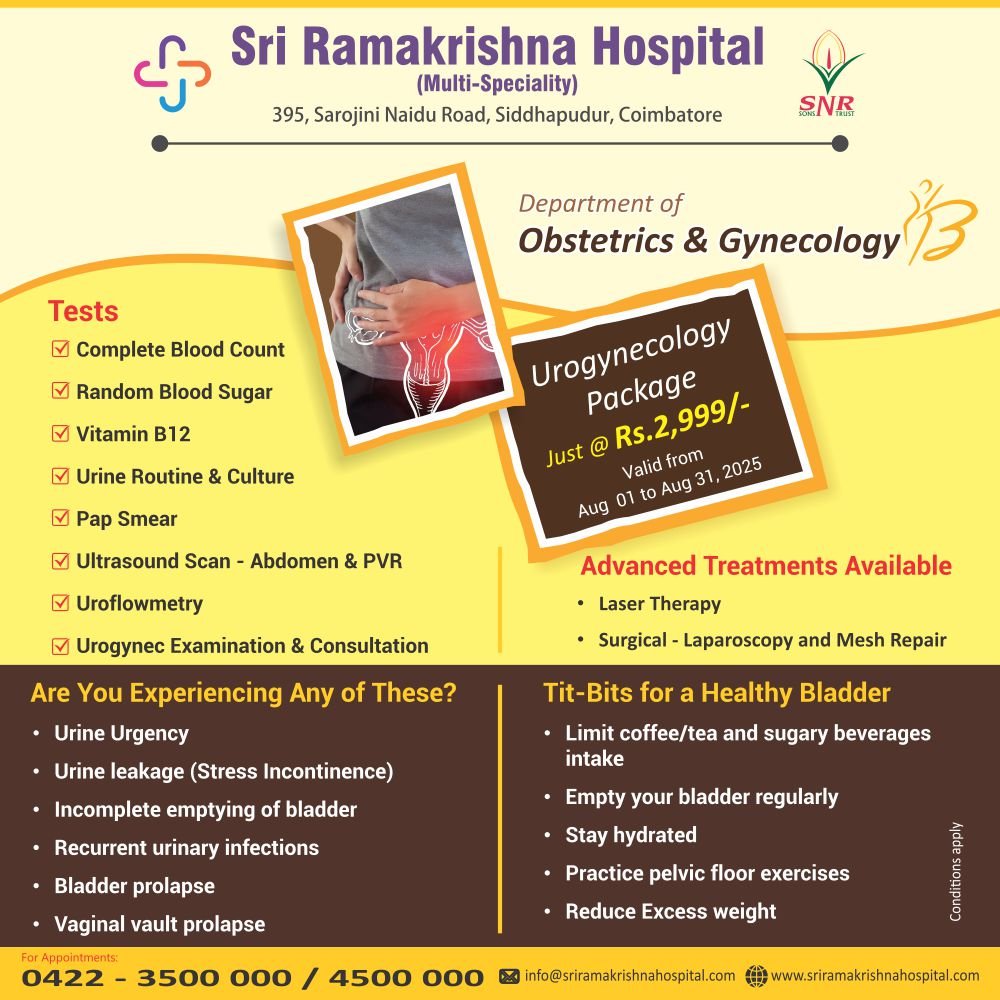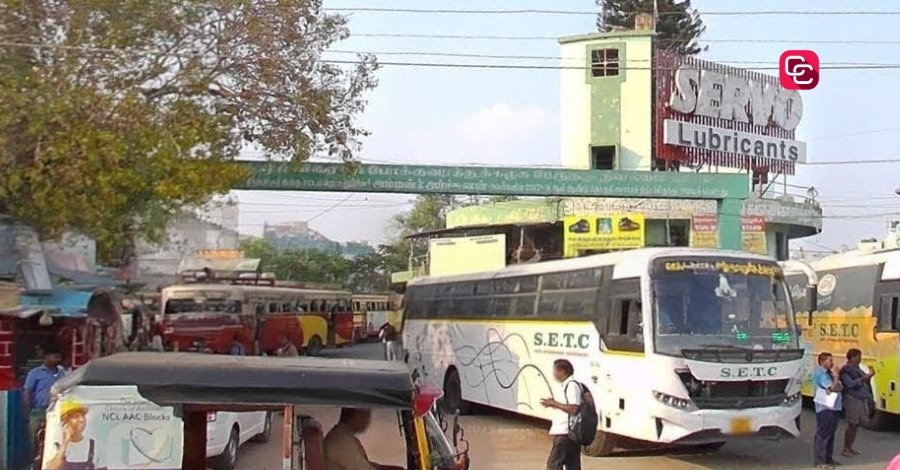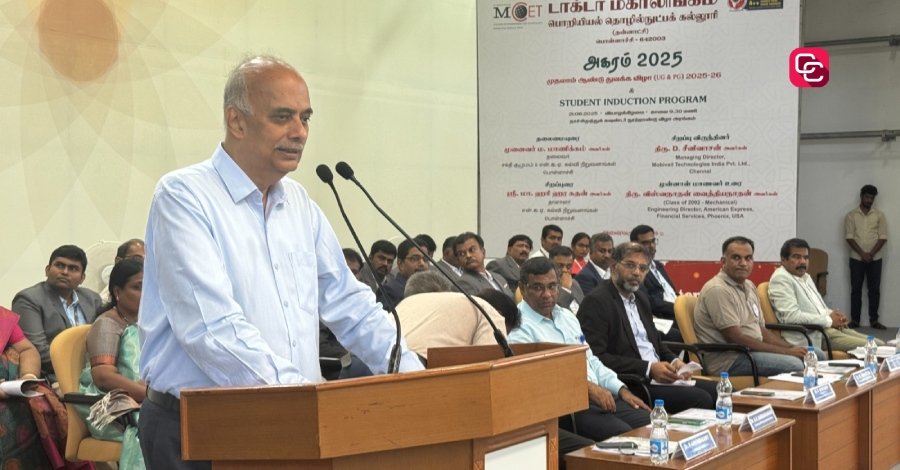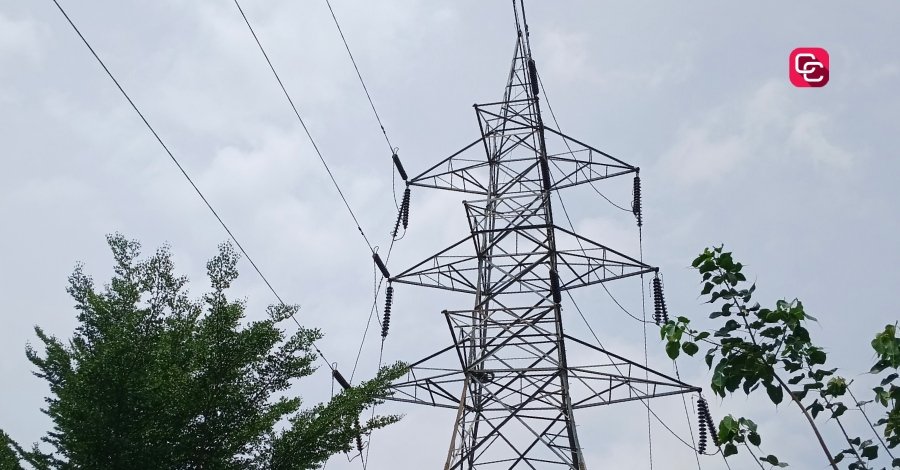Supreme Court advocate urges authorities to build policies about Tobacco in consultation with users
- by admin
- Aug 26,2025
The Invisible Majority
In the narrow lanes of Bhagalpur, a man squats by a cart, packing zarda into his cheek with fingers stained red from years of use. His gums bleed sometimes. His jaw aches. But quitting? That’s a luxury. He works 12 hours a day loading sacks. Zarda costs ã¿5. It gets him through.
Across India—in villages, tea stalls, factory gates, and construction sites—millions use smokeless tobacco not for pleasure, but to endure. Gutka, khaini, zarda: cheap, accessible, and deadly. These products contain some of the highest known levels of TSNAs (tobacco-specific nitrosamines), cancer-causing chemicals directly linked to India’s overwhelming oral cancer burden. Yet somehow, they remain freely available.
Meanwhile, products that could be cleaner, regulated, and less toxic are banned outright. Global tobacco control policy continues to ignore the very people it claims to protect.
“I know this isn’t good,” one man told me outside a cement depot in Patna, “but what else will keep me awake after 14 hours unloading trucks?”
When Protest Begins from Below
At a recent tobacco control conference in Geneva, consumers pushed back. Protesters confronted Bloomberg-backed public health foundations, calling out their support for sweeping bans on lower-risk nicotine alternatives—while combustible and unregulated smokeless products continue to dominate markets in the Global South. Their demand was simple: “Nothing about us, without us.”
In countries like India, the user is invisible—to ministries, researchers, and health NGOs. These institutions speak about them, but never with them. Critics argue tobacco users are addicts—they can’t make informed decisions. But addiction doesn’t mean people stop caring about their health or dignity. It means their choices are constrained, not absent. Inclusion Isn't New. It's Just Missing Here.
India has shown across sectors that inclusion works. When ASHA workers lead maternal care, or when local influencers support vaccine campaigns, public health improves. Yet tobacco users—especially poor, rural SLT users—are left out entirely. Even in addiction treatment, inclusion is foundational. From psychiatric care to recovery models, we know people must be part of the solution. But with tobacco, we treat users as problems, not partners.
The result? No access to safer options. No regulation of the products they use. And no voice in the policies that shape their lives.
The Regulation That Matters
Regulation isn’t the enemy. The absence of it is. Some countries have taken another route—not by liberalizing tobacco, but by regulating it rigorously.
In Sweden, for instance, a moist oral tobacco product called snus is sold under tight checks, including TSNA and microbial limits. The point isn’t to import snus to India—it’s to recognize that regulation works. And India has none.
As Dr. SuneelaGarg, former chair of India’s NIHFW tobacco control program, noted:“Compared to Swedish snus, which is manufactured under tight regulations with very low TSNA levels, Indian SLT products often have wide variations in nicotine content and carry high microbial loads… To avoid a superficial rebranding and ensure actual risk reduction, India must establish a robust regulatory and quality assurance framework that includes pre-market evaluation and registration of every SLT product, including proof of reduced toxicity and detailed composition, akin to drug approvals.”
What Practical Inclusion Looks Like
Real inclusion isn’t abstract. It’s overdue—and it’s entirely possible. It means tobacco users, especially the rural and working poor, don’t just feature in statistics, but participate in shaping solutions, such as Public consultations that invite real users—not just professionals or NGOs; Toxicity testing for all smokeless products, with clear labels and verified data; Pilot trials of cleaner alternatives, where adult users can participate and give feedback; District-level policy feedback loops, where SHGs, ASHA workers, and frontline users are consulted
When we deny users access to cleaner options and allow toxic, poorly made products to flood the market, we are running an unregulated experiment on the poor. We are saying their choices don’t matter. Their health doesn’t count.
And today, the people making tobacco policy in India—at both national and international levels—are almost never the people who use tobacco. Government officials, well-meaning doctors, donor-funded NGOs, and foreign philanthropies like Bloomberg Philanthropies dominate the conversation.
And yet, no one on the National Tobacco Control Program’s advisory committees, or the WHO’s regional forums, represents the bidi worker, the SLT user, or the man chewing gutka on a construction site.
The Final Silence We Must Break
Today, tobacco control in India—and globally—is shaped by bureaucrats, doctors, foreign funders, and well-meaning NGOs. But almost never by the people who use tobacco themselves. That’s not a flaw in the system. It is the system. We build policy about users, around users—but never with them. And until we include them, we aren’t making public health policy. We’re preserving privilege.
And the cost of that silence is paid in cancer wards, in oral surgeries, and in the fading voices of men like the one in Bhagalpur—who knew he was dying, but had no better choice.
This is an article by Kartik Vashisht, Advocate, Supreme Court of India








